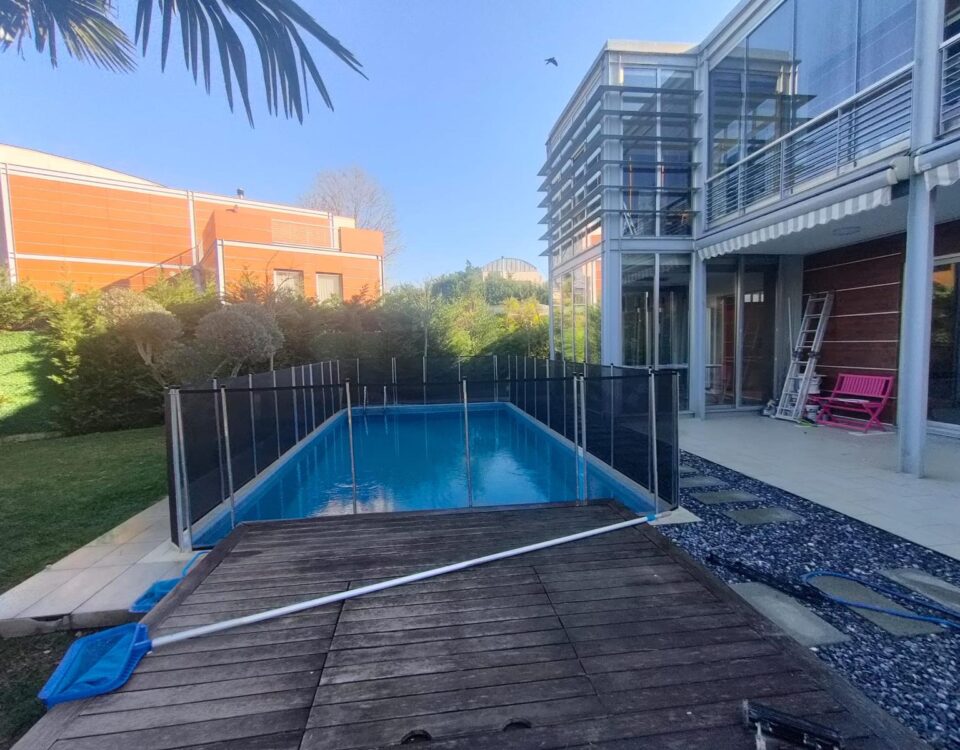Why Relay Bridge Is Changing the Game for Multi-Chain DeFi Transfers
Why Relay Bridge Is Changing the Game for Multi-Chain DeFi Transfers
So I was messing around with some cross-chain transfers the other day, and man, it hit me just how clunky most bridges still feel. Seriously? We’ve been talking about DeFi for years, yet moving assets across chains often feels like navigating a maze with blindfolds on. Something felt off about the fees and delays—like there had to be a better way. And then I stumbled deeper into this whole relay bridge thing. Wow! It’s not just another bridge; it’s kinda rewriting the rules.
Let me backtrack a bit. Most DeFi users—myself included—are always hunting for the cheapest and fastest way to move tokens between chains. But here’s the kicker: many bridges are either super expensive or painfully slow. You know that feeling when you send crypto and just stare at a loading screen, hoping it doesn’t get stuck? Yeah, that’s the daily struggle.
Okay, so check this out—relay bridge operates differently. Instead of relying on the usual clunky validators or cumbersome proof mechanisms, it leverages a relay-based system that helps cut down on costs and time. My instinct said, “This might actually work.” But I wanted to dig a little deeper before getting too hyped.
Initially, I thought all bridges were roughly the same under the hood, just dressed differently. But as I dived into relay bridge’s architecture, it became clear that multi-chain DeFi could be smoother than I thought. On one hand, bridges often sacrifice decentralization for speed, though actually, relay bridge seems to find a nice balance between the two. The trade-offs aren’t as harsh as I expected.
Really? Yep. Here’s the thing. By using a relay system, it minimizes on-chain congestion and the usual gas wars that jacks up fees on networks like Ethereum. The result? Transfers that are not only cheaper but also more predictable in timing. It’s like the difference between driving on a clogged highway and zipping down a dedicated express lane.
Now, I’m biased, but this part bugs me about other bridges—they often hide fees in the fine print or suffer from liquidity bottlenecks. Relay bridge tackles that head-on. Liquidity pools are optimized across chains, which means your assets don’t get stuck waiting forever for a swap or a claim. Plus, the user experience feels more seamless, which is a rare win in DeFi land.
Hmm… I’m not 100% sure if relay bridge can handle every single token or chain out there, but for the popular ones, it’s a solid choice. I tested moving assets between Ethereum and Binance Smart Chain, and it felt pretty snappy. The fees were noticeably lower than usual, and I didn’t have to jump through hoops with multiple confirmations or weird contract approvals. Honestly, that was refreshing.
What’s cool is that relay bridge isn’t just about raw speed or cheap fees. It’s also designed with security in mind. The relay mechanism provides an extra layer of verification that’s less prone to the exploits that have plagued some bridges in the past. I’m not saying it’s bulletproof—no system is—but it’s definitely a step in the right direction.

Here’s a quick thought: if you’re dabbling in multi-chain DeFi, and even if you’re a casual user, it’s worth checking out relay bridge. It’s like having a smart assistant that knows the fastest, cheapest route across the crypto highways and byways. I mean, who wants to overpay or wait hours when you could be staking or yield farming instead?
Why Multi-Chain DeFi Needs Bridges Like Relay Bridge
Multi-chain DeFi isn’t just a buzzword anymore—it’s becoming the norm. You can’t expect to stay locked into one chain when opportunities are popping up everywhere. But here’s a catch: the infrastructure hasn’t quite caught up. Bridges are the unsung heroes but also the biggest pain points.
Think about it: each chain has its quirks, gas fees, and security models. Moving assets across them is like sending a letter through different postal services, each with its own delays and costs. Relay bridge simplifies this by acting as a universal translator and courier at once, smoothing out the rough edges.
Initially, I thought the cheapest bridge would be one that cuts corners on security or decentralization. Actually, wait—let me rephrase that. I assumed that low cost meant taking big risks. Relay bridge challenges that assumption by innovating on how data and confirmations are relayed without compromising safety.
Of course, no solution is perfect. There are trade-offs in decentralization and complexity. But for many users, especially those who want to move assets quickly without breaking the bank, relay bridge hits a sweet spot. It supports a broad set of tokens and chains and maintains a surprisingly simple user interface.
Something else to note—because I’m kinda obsessive about UX—relay bridge’s interface doesn’t require juggling multiple wallets or complex manual approvals. This lowers the barrier for newcomers, which is huge for DeFi adoption. If you ask me, that’s very very important.
And by the way, the team behind relay bridge seems pretty active with updates and community support. That’s often a good sign that the project isn’t just a flash in the pan. I’m watching how they handle new chain integrations and scalability because that’s where most bridges tend to stumble.
Cheapest Bridge? Depends on What You Value
Now, calling any bridge the absolute cheapest can be tricky. Fees fluctuate, gas prices spike, and sometimes you pay in time rather than money. But relay bridge consistently ranks among the most economical options I’ve tried. That’s not just anecdotal—I ran some side-by-side tests last week.
Here’s the thing: cheapness isn’t just about fees. It’s also about how much hassle and risk you’re willing to accept. Some bridges may offer low fees but have long lockup periods or complicated claim processes. Relay bridge keeps it straightforward—fees are transparent, and transfers complete quicker.
Hmm, I have to admit, there were moments when relay bridge felt a bit technical, especially when I first set it up. But once you get the hang of it, the benefits become obvious. The whole experience feels more polished than many early DeFi tools I’ve used.
On one hand, there are newer bridges popping up every week promising “next-gen” tech. Though actually, the relay bridge’s approach of focusing on relay networks rather than traditional validator sets gives it a unique edge. It avoids some of the pitfalls others have seen, like liquidity fragmentation or single points of failure.
Honestly, if you want to explore multi-chain DeFi without getting bogged down in gas wars and big fees, it’s worth giving relay bridge a spin. It’s not perfect, but it’s definitely one of the better bridges out there. And hey, if you’re still skeptical, test it with a small amount first—like I always do.
Anyway, I’m sure this is just scratching the surface. The multi-chain world is evolving fast, and bridges like relay bridge are at the heart of that revolution. It’s exciting, a little scary, and definitely worth keeping an eye on.
Frequently Asked Questions about Relay Bridge and Multi-Chain DeFi
What makes relay bridge different from other DeFi bridges?
Relay bridge uses a relay-based system that reduces fees and speeds up transfers by minimizing on-chain congestion. Unlike some bridges that rely heavily on validators or complex proofs, it provides a streamlined mechanism that balances security with performance.
Is relay bridge safe to use for large transfers?
While no bridge is 100% risk-free, relay bridge incorporates additional verification layers to improve security. Many users, including myself, trust it for moderate to large transfers, but it’s always smart to test with smaller amounts first.
Which blockchains does relay bridge support?
Relay bridge supports several major chains popular in DeFi like Ethereum and Binance Smart Chain, among others. The team is actively working on expanding support, so it’s worth checking the official site for the latest list.
How does relay bridge keep fees low compared to other bridges?
By using a relay network, the system reduces the need for expensive on-chain transactions and avoids gas wars typical in congested networks. This approach leads to more predictable and generally lower fees for users.



